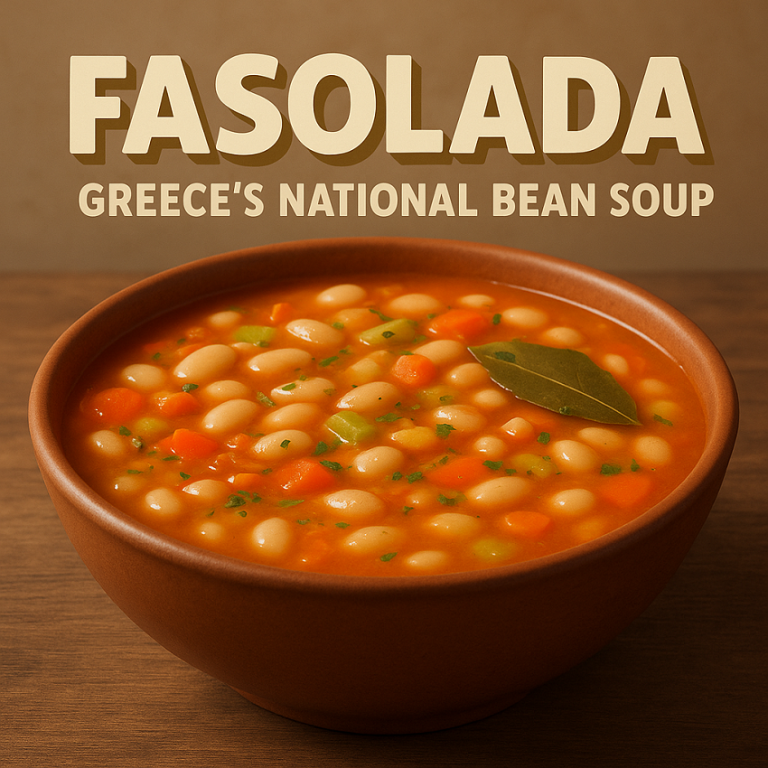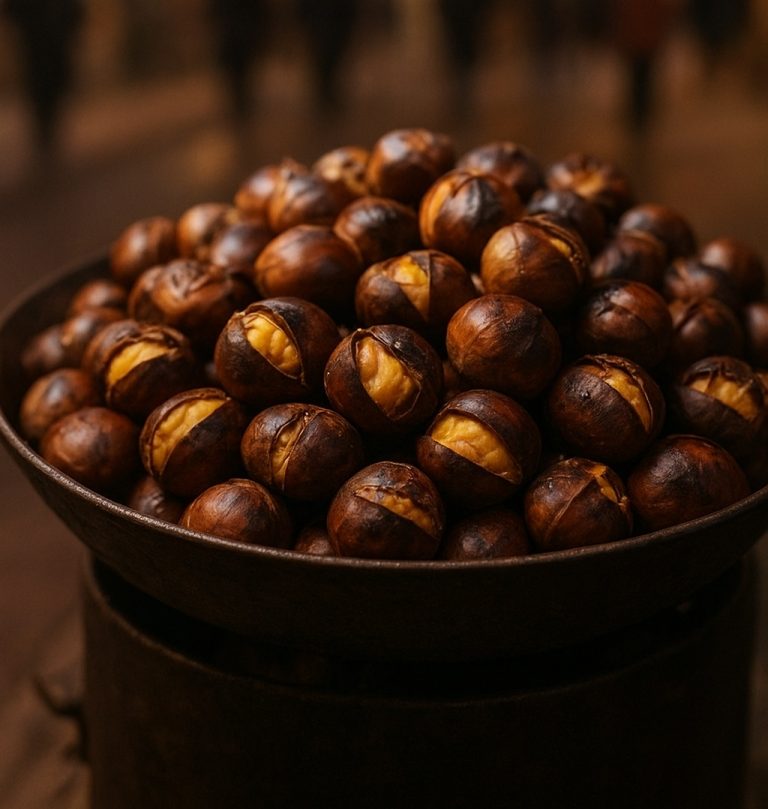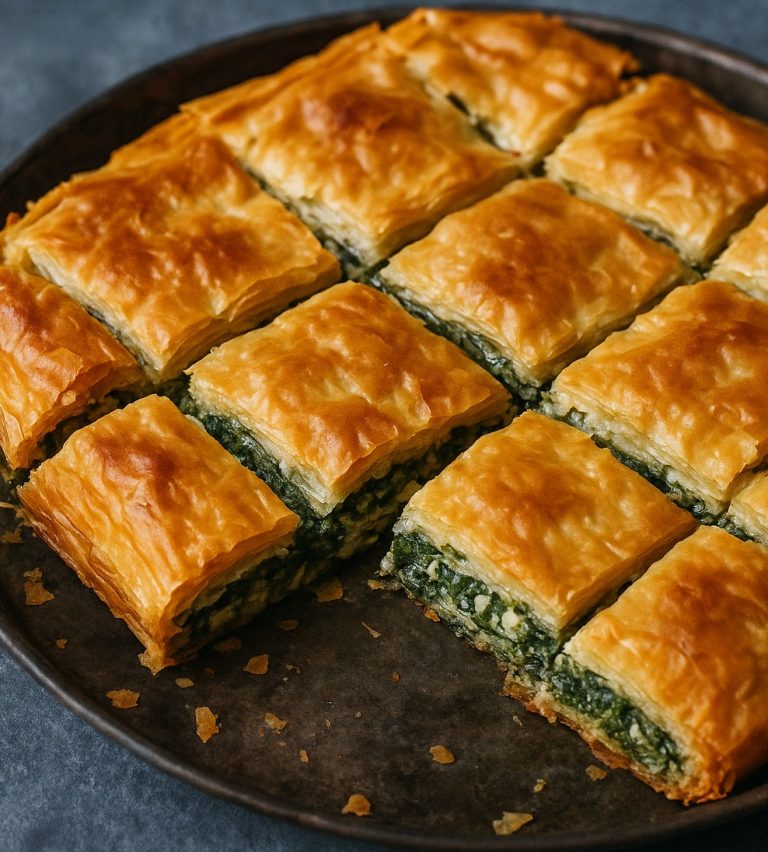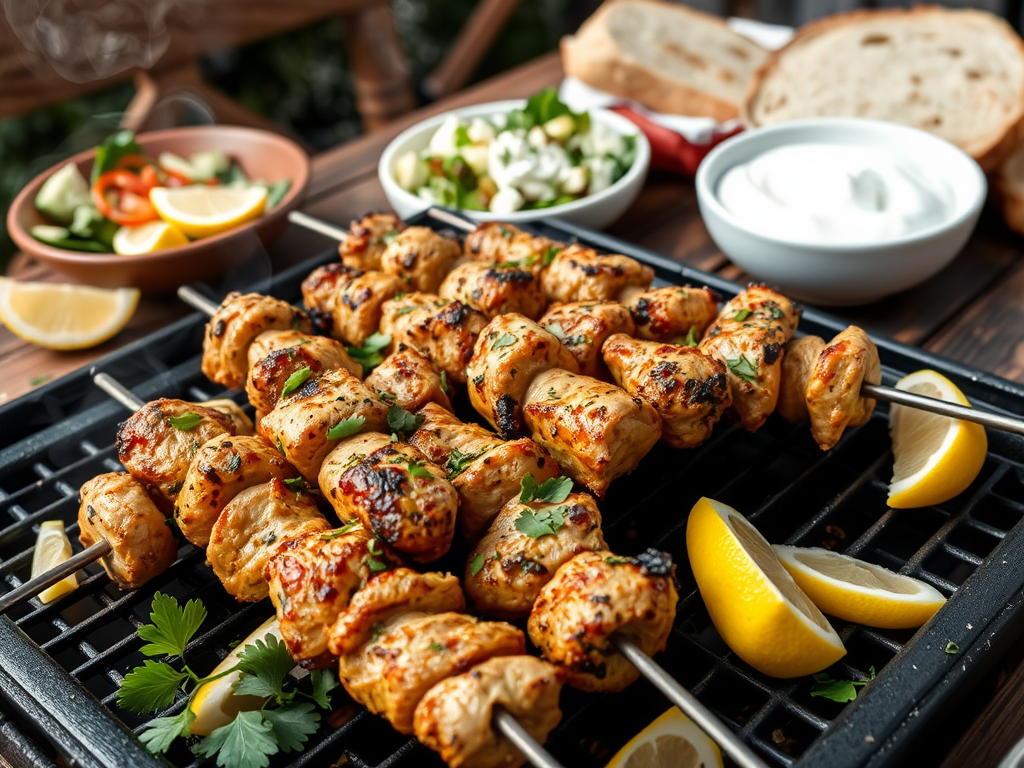
Introduction
Kokoretsi is a cherished dish in Greek cuisine, particularly significant during Easter celebrations. Traditionally enjoyed on Easter Monday, this dish showcases the resourcefulness of Greek cooking and offers a unique culinary experience deeply rooted in the culture. In this article, we will explore the history, ingredients, preparation, and cultural significance of kokoretsi, as well as tips for enjoying it during the festive season.
History
The origins of kokoretsi can be traced back to ancient Greece, where it was commonly prepared for special occasions and festivals. Traditionally made from lamb or goat, kokoretsi is closely associated with Easter, symbolizing abundance and the celebration of life. The preparation of this dish has been passed down through generations, reflecting the importance of family and communal gatherings during the holiday.
In rural Greece, kokoretsi was often made in large quantities to feed extended families and guests. It was a way to honor the animal that had been raised for the feast, utilizing every part and minimizing waste. This practice highlights the Greek philosophy of respect for food and the environment, making kokoretsi not only a culinary delight but also a representation of cultural values.
Ingredients
The key ingredients of kokoretsi include:
- Offal: The primary feature of kokoretsi, typically lamb or goat intestines, which serve as the casing.
- Liver: Lamb liver is commonly used, diced and mixed with other ingredients to enhance flavor and texture.
- Herbs and Spices: A blend of oregano, thyme, and pepper is essential for infusing the dish with aromatic flavors.
- Rice or Bulgur: Some variations incorporate rice or bulgur for added texture and substance in the filling.
- Fat: Lamb fat or suet keeps the dish moist during cooking, contributing to its rich flavor.
These ingredients not only create a delicious dish but also reflect the traditional Greek practice of using every part of the animal, celebrating the connection between food and culture.
Preparation
Preparing kokoretsi is a labor-intensive but rewarding process, often involving family members coming together to help. Here’s a detailed overview of the preparation steps:
- Cleaning the Intestines: The intestines are carefully cleaned and soaked in vinegar and water to remove any impurities and odors. This step is crucial for ensuring the dish is both safe and palatable.
- Mixing the Filling: The liver is diced finely and mixed with herbs, spices, and optional rice or bulgur. This mixture is seasoned to taste, creating a flavorful filling that will define the dish.
- Stuffing: The cleaned intestines are carefully stuffed with the liver mixture, ensuring they are tightly packed but not overfilled. This step requires skill to prevent the intestines from bursting during cooking.
- Roasting: Once stuffed, the kokoretsi is skewered and roasted over an open flame or in an oven. The cooking process allows the flavors to meld beautifully, resulting in a crispy exterior and juicy interior. Traditionally, it’s cooked on a spit, which adds a delightful smoky flavor.
- Resting and Slicing: After roasting, the kokoretsi is allowed to rest for a few minutes before being sliced. This resting period helps the juices redistribute, ensuring a moist and flavorful result.
Cultural Significance
Kokoretsi is more than just a dish; it embodies Greek hospitality, tradition, and the spirit of community. It is often prepared in large quantities for family gatherings, particularly on Easter Monday, when Greeks celebrate with feasting and joy. The dish represents the ethos of using all parts of the animal, minimizing waste, and honoring the ingredients.
The communal aspect of preparing and enjoying kokoretsi fosters connections among family and friends. It is common for families to gather around the grill or oven, sharing stories and laughter as they prepare the meal together. This sense of community and togetherness is a hallmark of Greek culture, making kokoretsi a symbol of celebration and unity.
Serving and Enjoyment
Kokoretsi is typically served hot, sliced into generous pieces, and accompanied by fresh bread, salad, and various dips like tzatziki. The combination of flavors and textures makes for a delightful meal that is both satisfying and celebratory.
To enhance the dining experience, kokoretsi pairs beautifully with traditional Greek beverages such as red wine or ouzo. The robust flavors of the dish complement the aromatic qualities of these drinks, making for a harmonious meal.
Tips for Enjoyment
- Pair with Sides: Serve kokoretsi alongside Greek salads, roasted vegetables, or traditional rice pilaf to create a well-rounded meal.
- Experiment with Flavors: While traditional recipes are cherished, feel free to experiment with herbs and spices to create a version that suits your taste.
- Share the Experience: Invite friends or fellow travelers to join in the preparation and enjoyment of kokoretsi; sharing this dish can foster connections and create lasting memories.
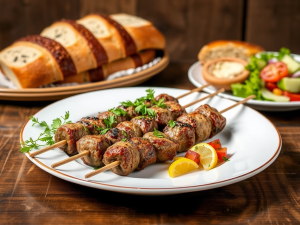
Conclusion
Kokoretsi is a delicious and culturally rich dish that plays a significant role in Greek Easter celebrations, particularly on Easter Monday. Its unique flavors, communal spirit, and historical significance make it a highlight of festive gatherings. Whether shared among family or enjoyed at a local celebration, kokoretsi embodies the joy of Greek cuisine and the essence of community. By savoring this traditional delicacy, you not only partake in a culinary experience but also connect with the deep-rooted traditions of Greece.
